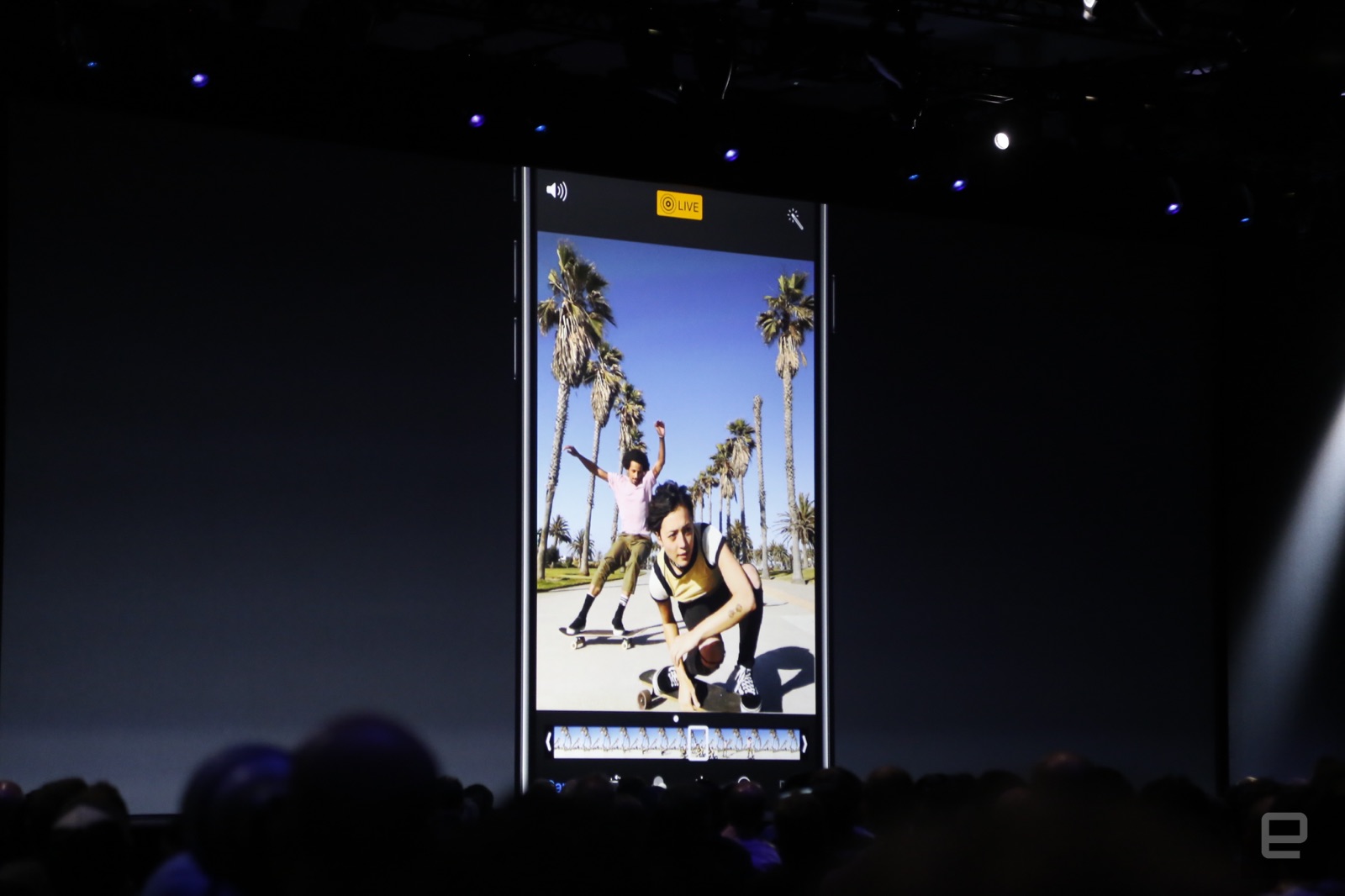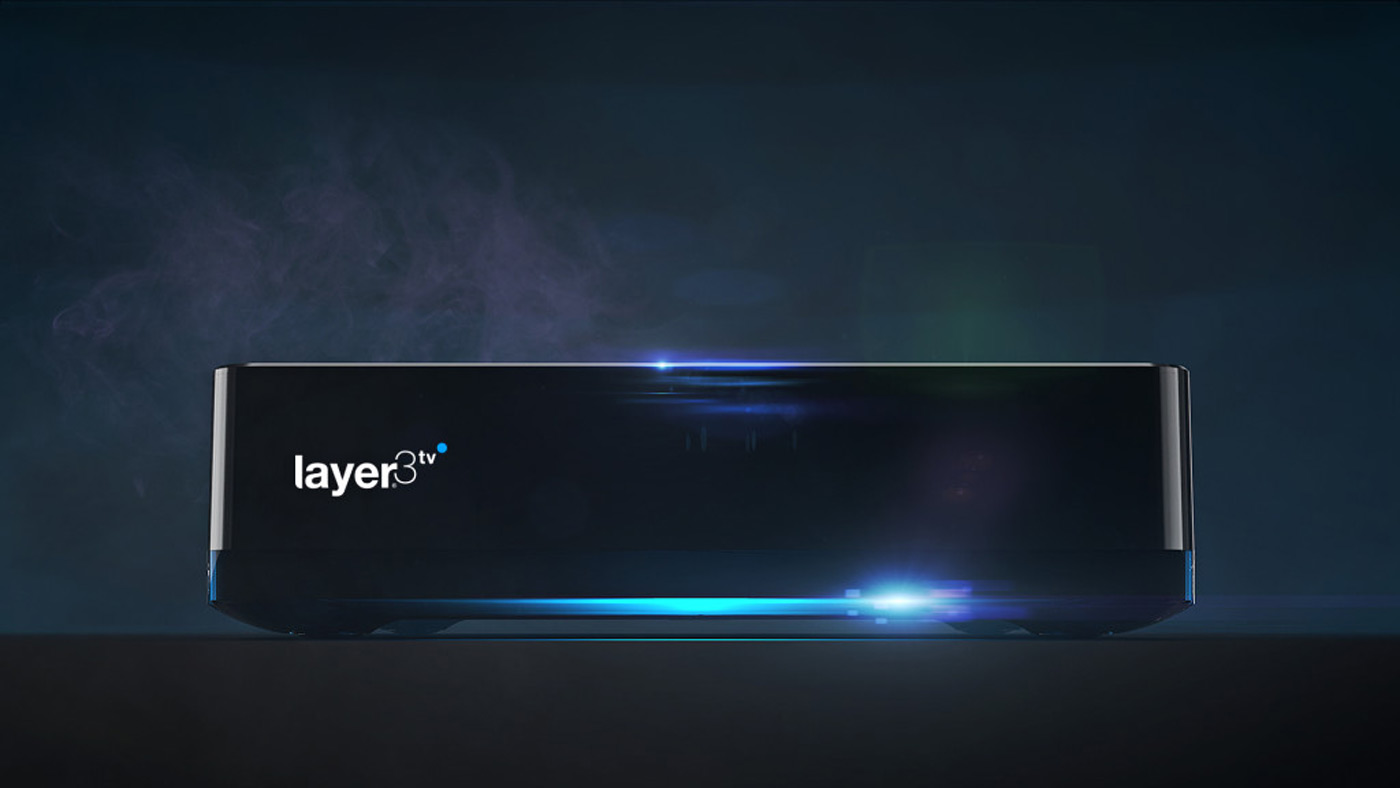
Qualcomm's nightmare has finally come true. Earlier today, MediaTek officially introduced the world's first true octa-core mobile processor, MT6592, and the first devices to feature it are expected to arrive as soon as end of year. This 28nm chip packs eight low-power Cortex-A7 cores, and courtesy of the Heterogeneous Multi-Processing use model on top of ARM's big.LITTLE architecture, all eight cores can operate simultaneously -- at up to between 1.7GHz and 2GHz, depending on the bin.
MediaTek pointed that Chrome can already make use of all eight cores, and likewise with some map apps, video players plus multi-window function. According to the company's figures, the MT6592 manages to beat what appears to be the quad-core Snapdragon 800 in benchmarks, power consumption (as low as 40 percent) and temperature. You can see the full detail in this article's gallery. %Gallery-slideshow122456%
Filed under: Cellphones, Misc, Mobile
Comments
 Apple's iOS 11 promises to be a big upgrade for shutterbugs. It's improving both the Camera and Photos apps to take some of the headaches out of snapshots and photos. For instance, the Photos app's Memories section can make use of machine learning to...
Apple's iOS 11 promises to be a big upgrade for shutterbugs. It's improving both the Camera and Photos apps to take some of the headaches out of snapshots and photos. For instance, the Photos app's Memories section can make use of machine learning to...
 Apple's iOS 11 promises to be a big upgrade for shutterbugs. It's improving both the Camera and Photos apps to take some of the headaches out of snapshots and photos. For instance, the Photos app's Memories section can make use of machine learning to...
Apple's iOS 11 promises to be a big upgrade for shutterbugs. It's improving both the Camera and Photos apps to take some of the headaches out of snapshots and photos. For instance, the Photos app's Memories section can make use of machine learning to...
 The prevailing wisdom among the internet literati is that old-school TV is on the way out. When even the incumbents are catering to cord-cutters, surely internet-only video will be the way of the future, isn't it? Don't tell that to Layer3 TV. It'...
The prevailing wisdom among the internet literati is that old-school TV is on the way out. When even the incumbents are catering to cord-cutters, surely internet-only video will be the way of the future, isn't it? Don't tell that to Layer3 TV. It'...
 The future of 4K video has been in doubt as of late. You see, the HEVC Advance group that's licensing the H.265/HEVC video format (crucial to stuffing 4K into modern data pipes) wanted steep royalties seemingly everywhere, with no cap -- even free se...
The future of 4K video has been in doubt as of late. You see, the HEVC Advance group that's licensing the H.265/HEVC video format (crucial to stuffing 4K into modern data pipes) wanted steep royalties seemingly everywhere, with no cap -- even free se...





